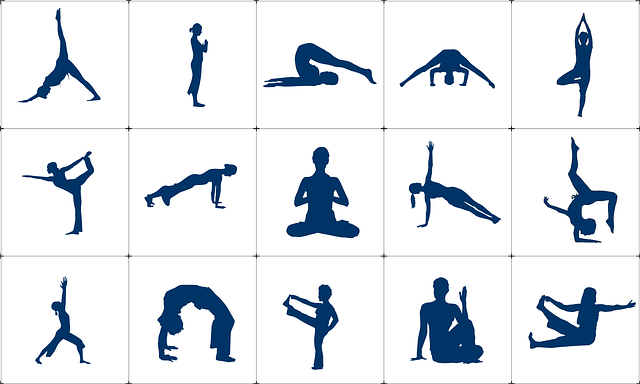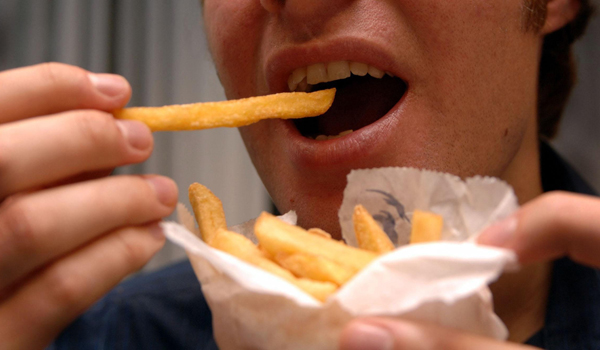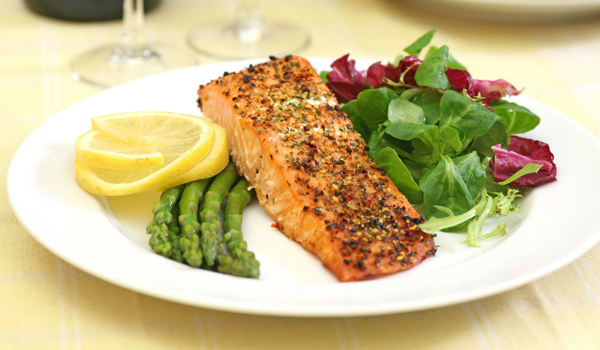Maximizing Muscle Growth: Optimizing Training Variables Including Optimal Muscle Building Rest Intervals
In the pursuit of optimal muscle growth, understanding the significance of optimal muscle building rest intervals is paramount.
You can only build muscle if your body is in the correct anabolic balance to allow growth to take place. Intensive exercise is clearly an important part of the muscle building process but achieving the maximum muscle mass depends on putting the building blocks in place. This is achieved through sound nutritional practices so you need to be aware of the following anabolic enhancing principles:
1. Protein is the basic raw material needed to build muscle. Protein supplies the amino acids that the body uses to repair and build muscle following intensive exercise. Aim to consume 1 to 1.5 grams of protein per pound of body weight each day from food like beef, fish, poultry, eggs, milk and whey. Spread the load over at least six meals to derive the optimum benefit and avoid overloading the liver.
2. Carbohydrates are needed to energize the muscle building process. Carbohydrates stimulate the release of insulin which pushes the amino acids into muscle cells to begin the process of repair. The body uses carbohydrates as a source of energy – consume too little and the body will steal protein that would otherwise be used for repairing and building muscle. Aim to consume 1.5 to 2 grams of carbohydrate per pound of body weight each day from foods like potatoes, pasta, rice, vegetables and whole wheat bread.
3. Boost your calories. Unless your main aim is to reduce fat you need a positive caloric balance if you want to build muscle. Make sure that your daily calorie intake is 10% higher than your energy expenditure for daily maintenance and that the calories are acquired from a diet characterized by a ratio of 50% carbohydrates, 40% proteins and 10% fat.
4. Get plenty of rest both in terms of adequate rest days between training sessions and sufficient sleep. Your muscles won’t grow if you don’t build adequate recovery time into your training program. Similarly, you can only optimize your body’s levels of testosterone and growth hormone if you spend enough time sleeping.
5. Consume quality supplements to support a sound nutritious diet. For most people it should be enough to add whey protein, creatine and l-glutamine to your daily diet.
6. Don’t overdo the aerobic exercise. Your aim is to increase muscle mass therefore you don’t want to burn excessive calories that could be utilized for bulking up.

7. Drink plenty of water. Failure to drink sufficient quantities of water will lead to dehydration and adversely affect your muscle mass. Don’t forget that muscle is 70% water so a generous intake will maintain muscle volume and help growth.
How Long Should You Rest Between Muscle Building Sessions?
In an earlier article we concluded that muscles must be worked to failure if an adequate hypertrophic response is to occur.
Whether this involves one or more sets is irrelevant as in either scenario the muscles must be worked to failure and beyond. This causes significant microscopic damage to the muscle tissues and it is during the period of recovery that protein synthesis undertakes the repair process that results in bigger muscle fibers.
But how long does this process take and when is it safe to expose those same muscles to further intensive exercise? Scientific studies suggest that muscle fiber degradation takes approximately five to seven days to repair and recover. Any further exposure of the affected muscle to intensive activity will interfere with the recovery process and actually prevent it from achieving maximum growth. However, using the muscle to assist in exercising other
body parts or even taking part in low intensity aerobic exercise will not prevent recovery.
It follows therefore that each muscle group should be trained intensively only once each week in order to allow full recovery. This can be achieved by incorportating a split training regime that allows you to work out several times each week but still exercise each muscle group intensively only once every seven days.
Build Muscle & Lose Fat Easier by Manipulating Your Training Variables
Everyone will inadvertently hit a frustrating plateau in their training at one time or another. You’re cruising along for a while, gaining strength, losing fat, looking better, and then all of the sudden it hits. Suddenly, you find yourself even weaker than before on your lifts, or you find that you’ve gained back a couple of pounds. It happens to everyone. Most of the time, these plateaus occur because people rarely change their training variables over time. Many people stick to the same types of exercises for the same basic sets and reps and rest periods with the same boring cardio routine. Well, I hope to open your mind and bring some creativity to your workouts with this article!
However, other variables that can dramatically affect your results are changing the order of exercises (sequence), exercise grouping (super-setting, circuit training, tri-sets, etc.), exercise type (multi-joint or single joint, free-weight or machine based), the number of exercises per workout, the amount of resistance, the time under tension, the base of stability (standing, seated, on stability ball, one-legged, etc.), the volume of work (sets x reps x distance moved), rest periods between sets, repetition speed, range of motion, exercise angle (inclined, flat, declined, bent over, upright, etc), training duration per workout, and training frequency per week.
There are many ways that you can strategically modify your training variables to assure that you maximize your fat loss and/or muscle building response to exercise. Most people only think about changing their sets and reps performed, if they even think about changing their routine at all.
Sounds like a lot of different training aspects to consider in order to obtain the best results from your workouts, doesn’t it? Well, that’s where a knowledgeable personal trainer can make sense of all of this for you to make sure that your training doesn’t get stale. Below are a few examples to get your mind working to come up with more creative and result producing workouts.

Most people stick to workouts where they do something along the lines of 3 sets of 10-12 reps per exercise, with 2-3 minutes rest between sets. Booooorrrrring! Here are a few examples of different methods to spice up your routine.
•Try 10 sets of 3, with only 20 seconds rest between sets.
•Try using a moderately heavy weight and complete 6 sets of 6 reps, doing a 3 minute treadmill sprint between each weight lifting set.
•Try using a near maximum weight and do 10 sets of 1 rep, with 30 seconds rest between sets.
•Try using a lighter than normal weight and do 1 set of 50 reps for each exercise
•Try a workout based on only one full body exercise, such as barbell clean & presses or dumbbell squat & presses, and do nothing but that exercise for an intense 20 minutes. With this example, you could try sets of 5 reps at a moderately heavy weight every 2 minutes until you reach 20 minutes.
•Try a workout based on all bodyweight exercises such as pushups, pull-ups, chin-ups, dips, bodyweight squats, lunges, step-ups, etc.
•Try a circuit of 12 different exercises covering the entire body without any rest between exercises.
•Try that same 12 exercise circuit on your subsequent workout, but do the entire circuit in the reverse order.
•Try your usual exercises at a faster repetition speed on one workout and then at a super-slow speed on your next workout.
•Try completing five 30 minute workouts one week, followed by three 1-hr workouts the next week.
•Try doing drop sets of all of your exercises, where you drop the weight between each set and keep doing repetitions without any rest until complete muscular fatigue (usually about 5-6 sets in a row).
There are many more ways to continue to change your training variables. I hope this article gave you some ideas on methods for you to take your body to the next level. Keep in mind that no matter what style of training you are using at any given time, progression on subsequent workouts should be your goal. Work hard and train smart and watch your body change!







